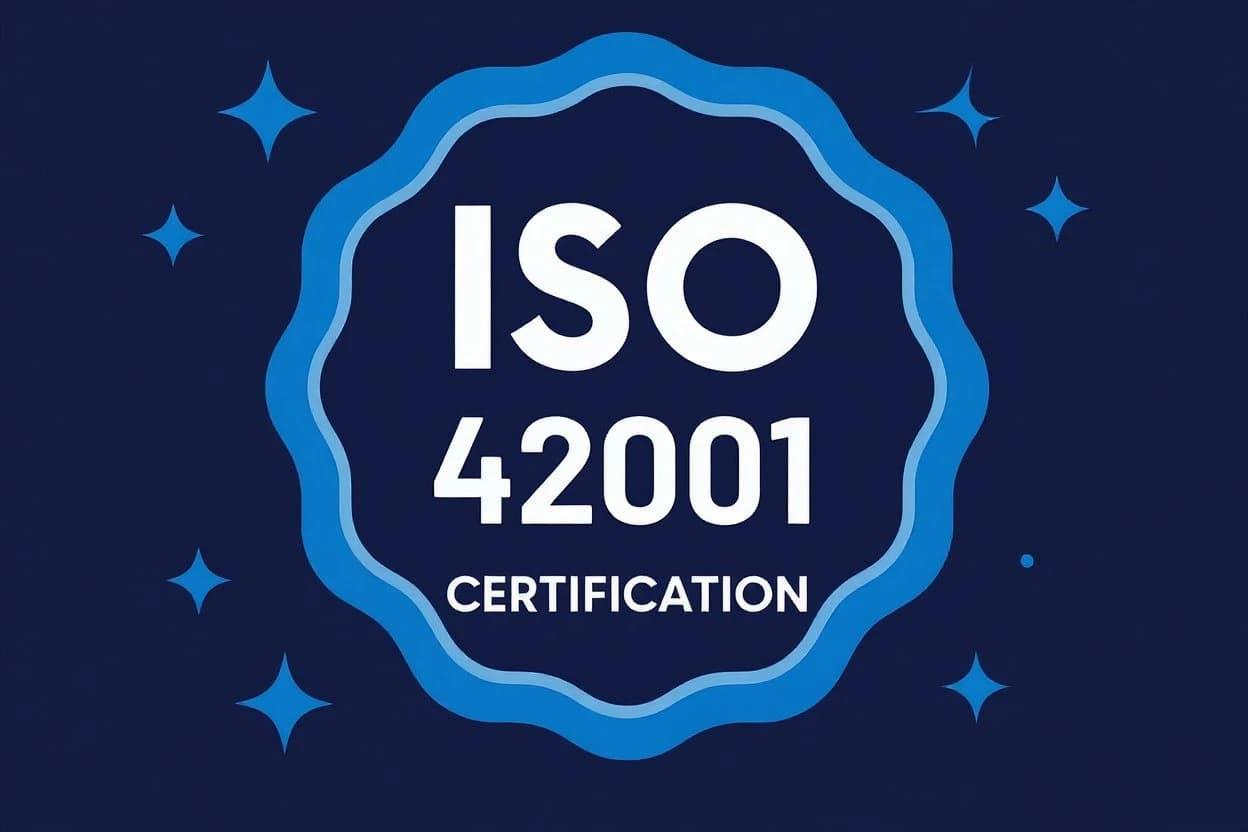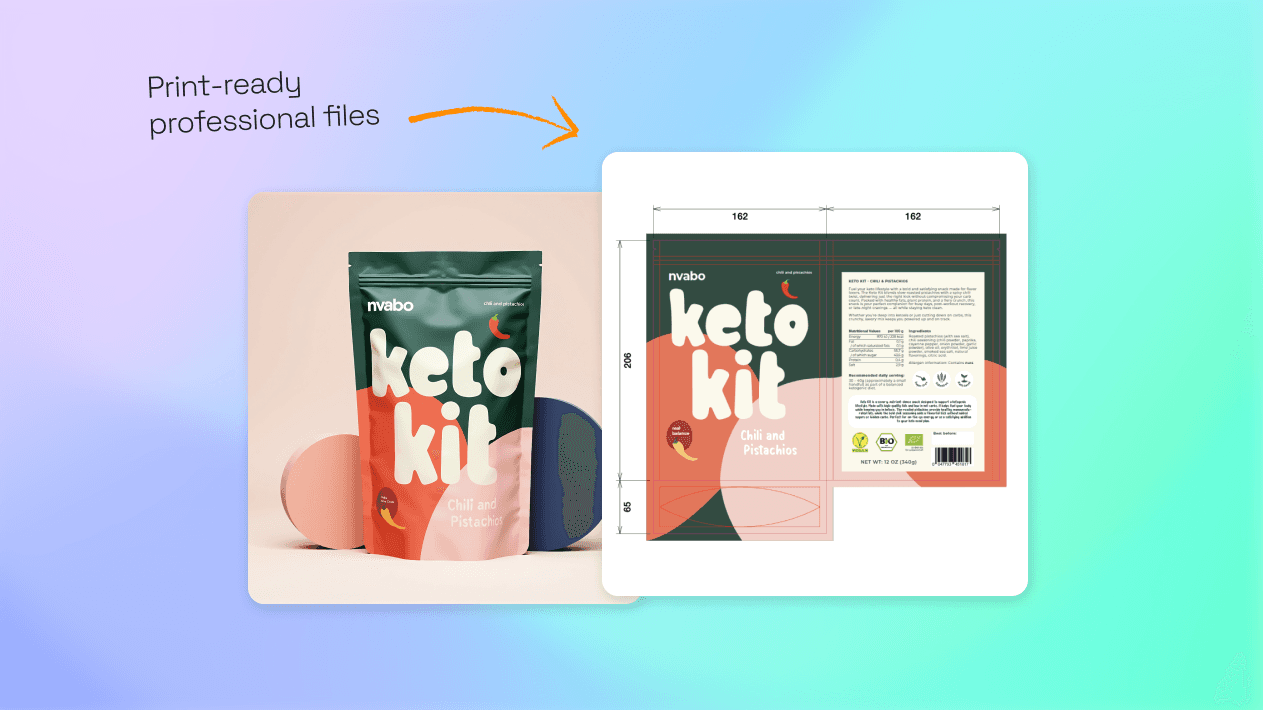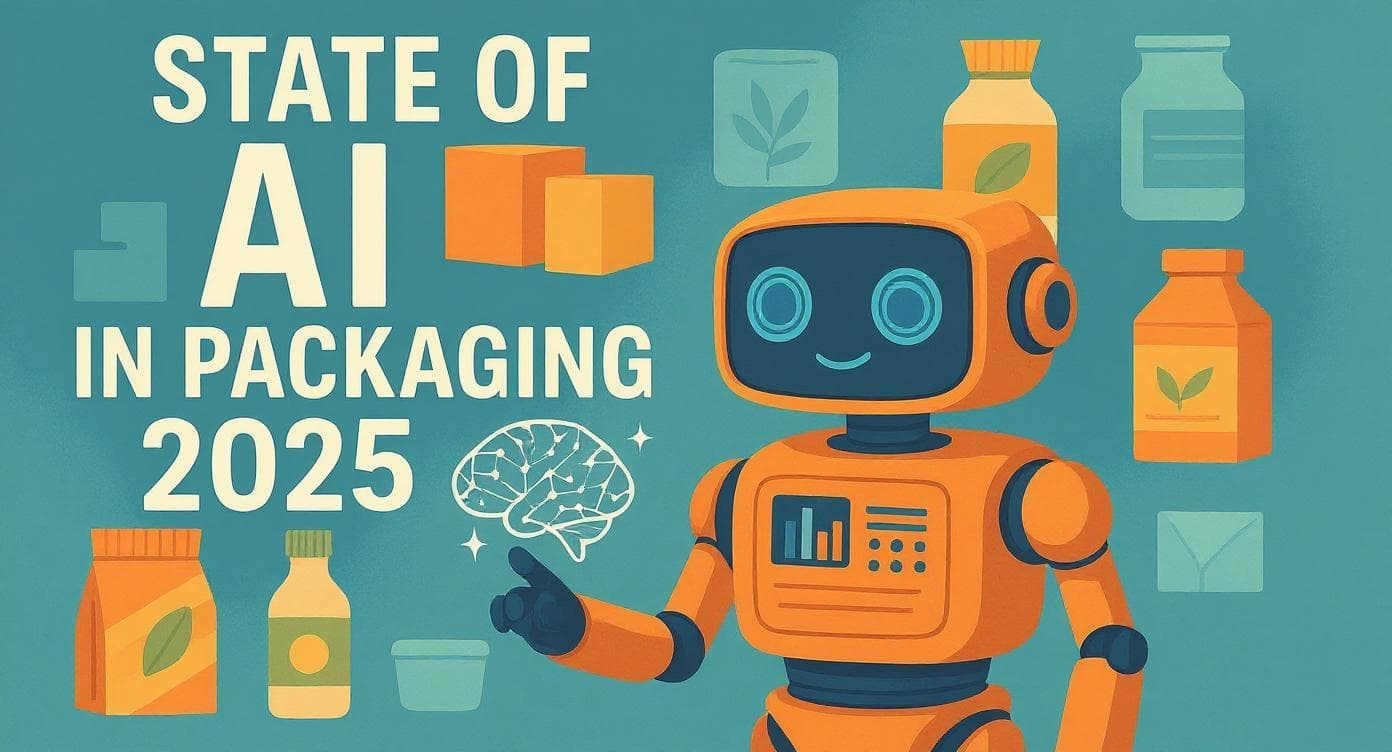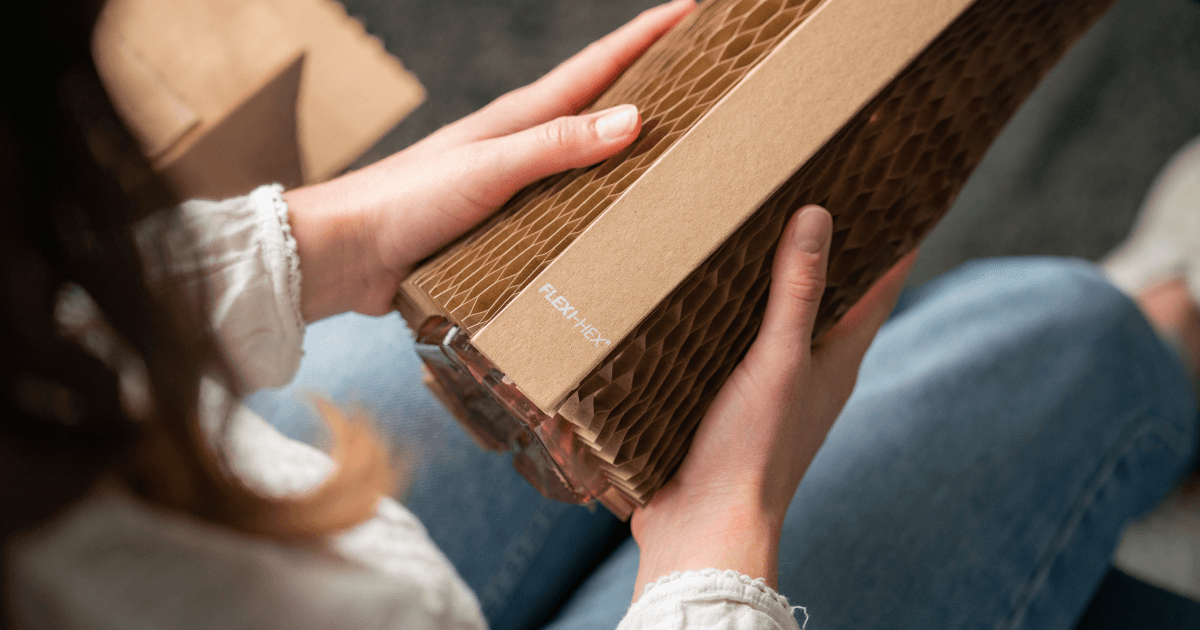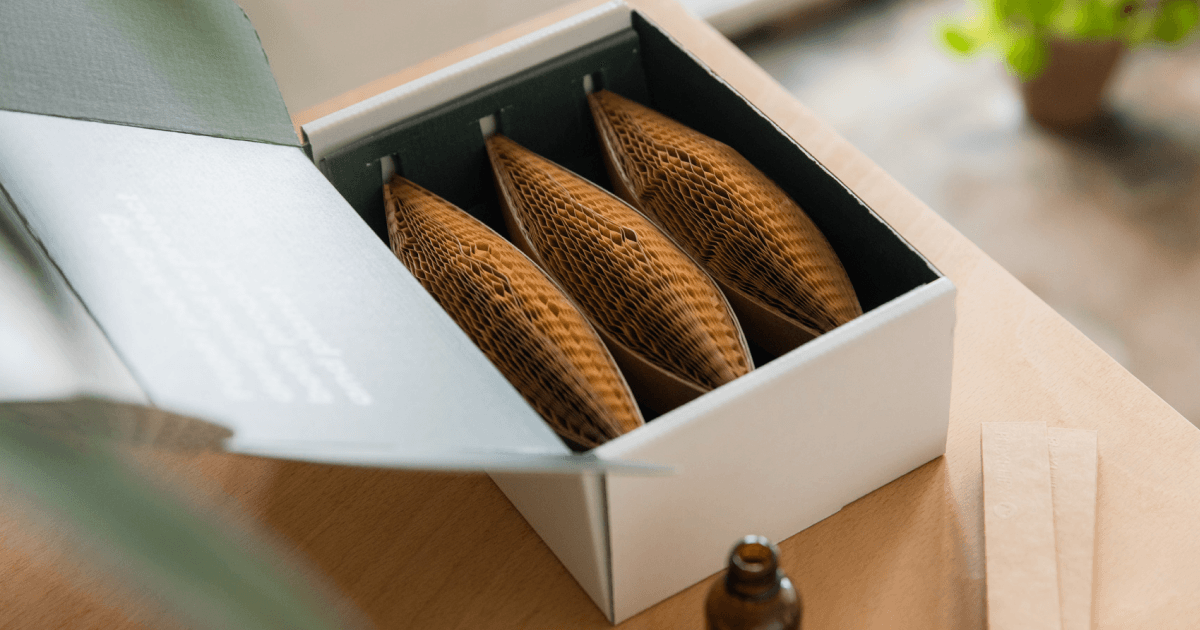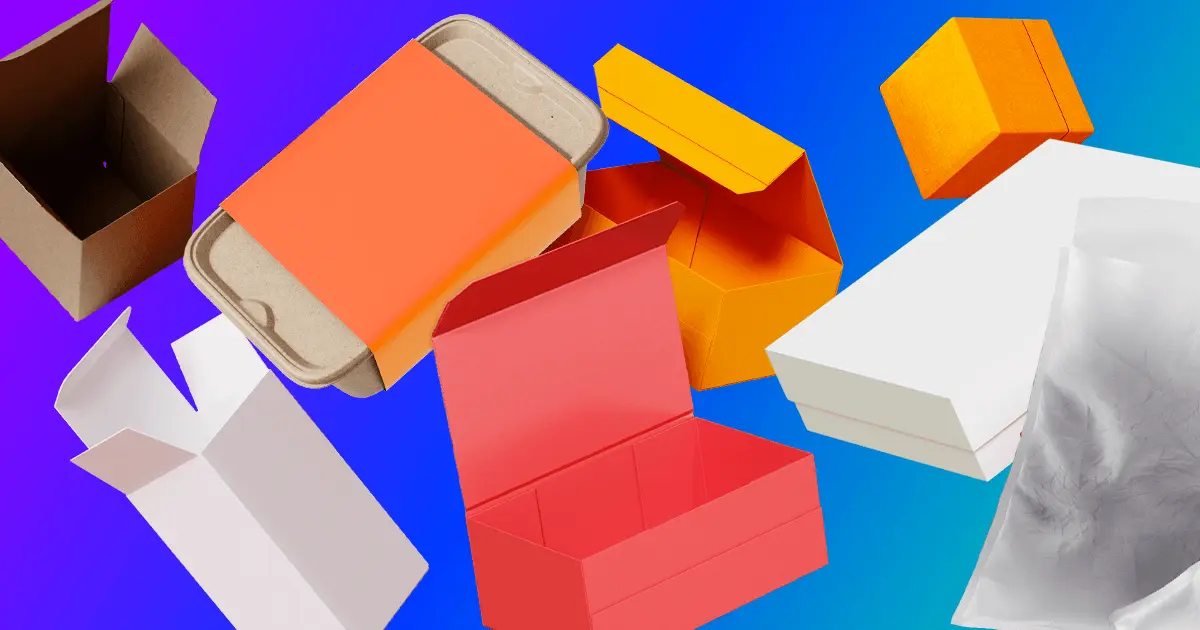Blog PostWhy the full life cycle matters
- Sustainability
- Innovation
Mattia Dell'OvaAugust 30, 2023 - 5 min read
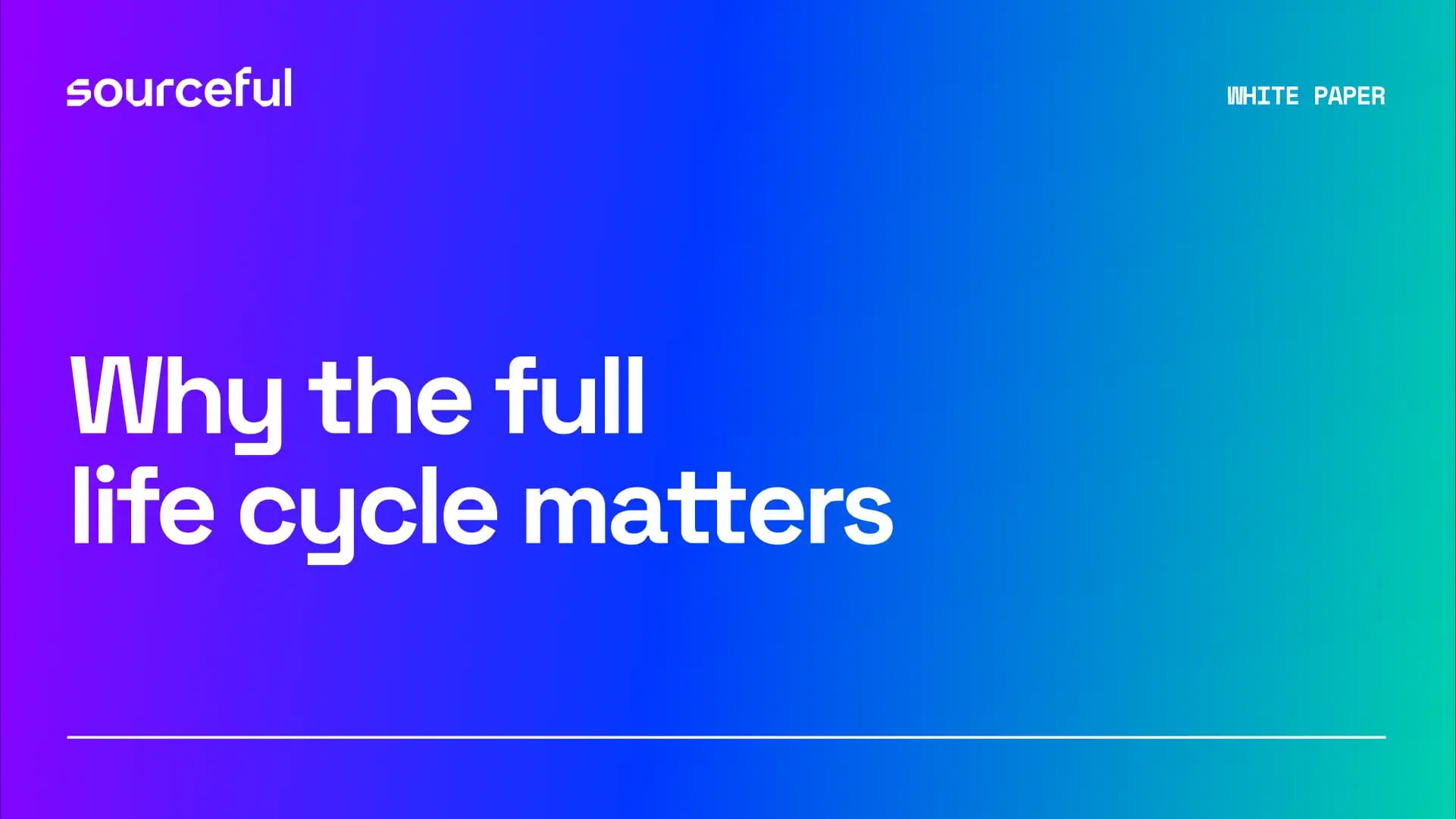
Why the full life cycle matters
Data is the foundation of sustainability. It shows us the extent that our climate is changing. It’s the vital information that combats greenwashing, which nearly half of all green claims in the EU are guilty of [1]. It’s the backbone of the IPCC’s (Intergovernmental Panel on Climate Change) reports (e.g. [2]). And it’s the foundation of every Life Cycle Assessment.
Life Cycle Assessments (LCA) are a powerful, science-based tool for estimating the potential environmental impact of products, processes, or services throughout their life cycle [3]. For a full LCA, teams will typically look at data from five life cycle stages:
- Raw materials extraction
- Manufacturing
- Secondary packaging & transport
- Product use
- Final disposal
Missing one or more life cycle stages, however, directly affects the quality of the assessment. Leading organisations are on the same page. For example, The Competition and Markets Authority (CMA) [4], the Advertising Standards Authority (ASA) [5] in the UK and the European Commission for the EU all underline the need for high-quality data across the full life cycle to avoid making misleading environmental claims.
To quantify the impact of not assessing the full life cycle, we ran our own tests using our proprietary LCA engine. Here’s what we found: focusing only on a product’s raw ingredients can conceal between 25-70% of the product’s emissions. Put another way, selective reporting on a product’s emissions will never lead to accurate claims. The full life cycle matters.
Third parties: an extra layer of security
We’ve seen how LCAs rely heavily on the quality and completeness of data. But to ensure the highest standards of accuracy and consistency, third parties offer an extra layer of security. These include standards like ISO 14040 and 14044 and methodologies like the Product Environmental Footprint created by the European Commission.
A proprietary methodology
To go one step further, we developed our own LCA methodology. This allowed us to go beyond the static nature of a normal LCA and instead build an engine that could assess billions of product variants from different suppliers, giving results in real time whilst not compromising on accuracy. After building our engine, we commissioned an external panel of LCA experts and academics to review it to verify that our model conformed to the leading ISO standards.
It’s this rigorous homegrown approach that’s allowed us to develop a catalogue of science-backed products that in turn empower brands to make measurable progress. And it’s allowed us to support those brands in communicating that progress confidently with their customers.
What does the data say?
Our approach to LCA allows us to pinpoint both a product’s carbon hotspots and the biggest opportunities to reduce its carbon footprint.
We’ve found that the production of packaging components, international transport and disposal represent the majority of a packaging product's footprint. Let's dive deeper:
1. Production of packaging components
This stage, which includes the extraction, transport, and refinement of materials, typically accounts for the majority of the life cycle impact (for example, c.70% of our Eco Mailer Box’s total carbon footprint). An example of how we’ve reduced these emissions is custom sizing. By making custom sizing available for our packaging boxes, we’ve empowered brands to remove the empty and wasteful space that has become standard in the packaging industry. We estimate that this can reduce the total carbon footprint of a mailer box by around 8%.
2. Transport
Freight is carbon intensive, especially international air shipping which can represent up to 90% of the life cycle of packaging. But opting for sea freight instead can lower that number by 60%, which is the case with our recycled mailer bag. Whilst this is the best situation, we know that time is a significant constraint for brands, making sea freight often unfeasible.
We launched split delivery as a solution; a freight option where brands can choose how much of their order to send via air and sea. This allows brands to meet short-term demand whilst benefiting from sea freight’s significantly lower emissions. If a brand ordered 20,000 units and sent 10% by air freight, they could reduce their carbon footprint by up to 50% compared to sending the entire shipment via air.
3. End of life
End of life (also known as disposal) is an often overlooked but significant life cycle stage. Even for a cardboard box that can be easily recycled (71%, 2021 UK data, [6]), disposal still accounts for c.15% of its total carbon footprint. Disposal also varies dramatically between materials, making it a crucial part of any comparison. For example, whilst cardboard’s recycling rate in the UK is 71%, flexible plastic’s is unfortunately only 6% [7]. This pushes disposal to account for c.21% of our recycled LDPE mailer bag’s emissions.
Always consider the full life cycle
For an accurate account of a product’s emissions, the full life cycle is essential. This is why authorities like the CMA and ASA require businesses to be clear on which stages of the life cycle they’ve included when making claims about a product’s environmental impact. Gold standard claims will always look at the full life cycle and selectively reporting on emissions will result in unreliable and dubious claims. This will put you at risk in a world that is demanding action and clarity.
With the full life cycle in hand, however, you can measure and track real progress, identify the best opportunities and communicate confidently with customers.
References
- Abnett, K. (2023). EU proposes clampdown on companies using fake ‘green’ claims. Reuters. Available here https://www.reuters.com/business/sustainable-business/eu-proposes-clampdown-companies-using-fake-green-claims-2023-03-22/#:~:text=EU proposes clampdown on companies using fake 'green' claims,-By Kate Abnett&text=To use such labels%2C a,under an environmental labelling scheme]. (Accessed: 21 Aug. 2023).
- IPCC (2023). Climate Change 2023: Synthesis Report. doi: 10.59327/IPCC/AR6-9789291691647.
- PRé Sustainability (2020). Life Cycle Assessment (LCA) explained. Available here https://pre-sustainability.com/articles/life-cycle-assessment-lca-basics/ (Accessed: 21 Aug. 2023).
- Competition & Markets Authority (2021). CMA guidance on environmental claims on goods and services. Available here https://www.gov.uk/government/publications/green-claims-code-making-environmental-claims (Accessed: 21 Aug. 2023).
- Committee of Advertising Practice (2021). The CAP Code. Available here https://www.asa.org.uk/static/47eb51e7-028d-4509-ab3c0f4822c9a3c4/The-Cap-code.pdf (Accessed: 21 Aug. 2023).
- DEFRA (2023). UK statistics on waste. Available here https://www.gov.uk/government/statistics/uk-waste-data/uk-statistics-on-waste
- WRAP (2021). Recycling your customers’ plastic bags and wrapping. Available here https://wrap.org.uk/resources/guide/recycling-your-customers-plastic-bags-and-wrapping

